Is Japan Losing It To Korea?

Japanese carmakers are becoming increasingly worried about the Korean competition.
Everything looks good for South Korea:
- The Korean currency, the Won, is low
- Quality is improving
- Korea hammers out trade deal after trade deal, making Korean exports even cheaper
Japan on the other hand:
- Has an obscenely high Yen
- Has their quality image marred by the Toyota witch-hunt
- Has no major trade agreements to speak of
Unable to do something significant fast about currency or quality image, Japanese automakers are pressuring their government to at least make some free trade deals.
Toshiyuki Shiga, chairman of the Japan Automobile Manufacturers Association (JAMA) and COO of Nissan recently said: “We want the government to further promote economic partnership agreement negotiations to level the playing field in the global market.”
The JAMA told their government that “South Korean carmakers have expanded their market shares in North America, Europe, Asia, South America and the Middle East compared with the 2007 levels. Japanese automakers, in contrast, have managed to increase their share only in North America,” The Nikkei [sub] reports.
Chile charges a 6 percent tariff on passenger cars. When the tariff on Korean cars went to zero along with a free trade agreement, imports from South Korea overtook shipments from Japan for the first time. Now, a much bigger change is impending.
Europe charges a 10 percent tariff on cars. A free trade agreement between South Korea and the European Union will take effect in July 2011. Hyundai-Kia is already increasing market share in Europe, while most Japanese makes (except Nissan) are falling behind.
With the 10 percent customs duty gone, Hyundais will get much cheaper. A €20,000 car costs €26,180 after customs duty and the 19 percent VAT. VAT is charged on the total of landed goods (incl freight) plus customs. With the duty gone, it’s down do $23,800.
The Free Trade Agreement will allow South Korean automakers to reduce their prices.
“That will be a significant threat,” says Shiga.
And the Japanese industry has a threat of their own. “Unless the situation changes, Japanese automakers may start questioning the need to carry on domestic production,” says the Nikkei.
They have been saying this for a while. Repeat it a few more times, and their government may begin to believe it. Especially when Koreans are involved.

Bertel Schmitt comes back to journalism after taking a 35 year break in advertising and marketing. He ran and owned advertising agencies in Duesseldorf, Germany, and New York City. Volkswagen A.G. was Bertel's most important corporate account. Schmitt's advertising and marketing career touched many corners of the industry with a special focus on automotive products and services. Since 2004, he lives in Japan and China with his wife <a href="http://www.tomokoandbertel.com"> Tomoko </a>. Bertel Schmitt is a founding board member of the <a href="http://www.offshoresuperseries.com"> Offshore Super Series </a>, an American offshore powerboat racing organization. He is co-owner of the racing team Typhoon.
More by Bertel Schmitt
Latest Car Reviews
Read moreLatest Product Reviews
Read moreRecent Comments
- ToolGuy First picture: I realize that opinions vary on the height of modern trucks, but that entry door on the building is 80 inches tall and hits just below the headlights. Does anyone really believe this is reasonable?Second picture: I do not believe that is a good parking spot to be able to access the bed storage. More specifically, how do you plan to unload topsoil with the truck parked like that? Maybe you kids are taller than me.
- ToolGuy The other day I attempted to check the engine oil in one of my old embarrassing vehicles and I guess the red shop towel I used wasn't genuine Snap-on (lots of counterfeits floating around) plus my driveway isn't completely level and long story short, the engine seized 3 minutes later.No more used cars for me, and nothing but dealer service from here on in (the journalists were right).
- Doughboy Wow, Merc knocks it out of the park with their naming convention… again. /s
- Doughboy I’ve seen car bras before, but never car beards. ZZ Top would be proud.
- Bkojote Allright, actual person who knows trucks here, the article gets it a bit wrong.First off, the Maverick is not at all comparable to a Tacoma just because they're both Hybrids. Or lemme be blunt, the butch-est non-hybrid Maverick Tremor is suitable for 2/10 difficulty trails, a Trailhunter is for about 5/10 or maybe 6/10, just about the upper end of any stock vehicle you're buying from the factory. Aside from a Sasquatch Bronco or Rubicon Jeep Wrangler you're looking at something you're towing back if you want more capability (or perhaps something you /wish/ you were towing back.)Now, where the real world difference should play out is on the trail, where a lot of low speed crawling usually saps efficiency, especially when loaded to the gills. Real world MPG from a 4Runner is about 12-13mpg, So if this loaded-with-overlander-catalog Trailhunter is still pulling in the 20's - or even 18-19, that's a massive improvement.



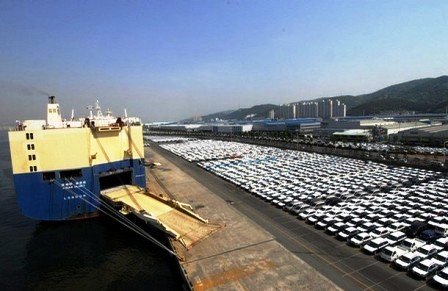















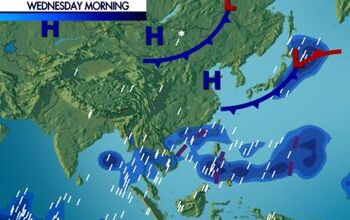
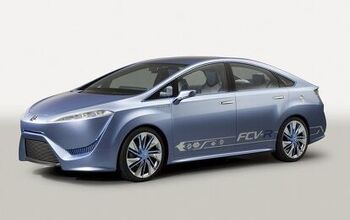
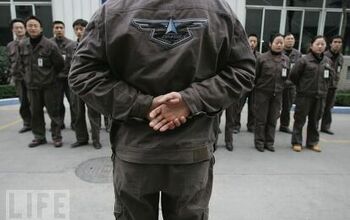
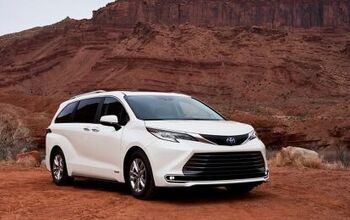
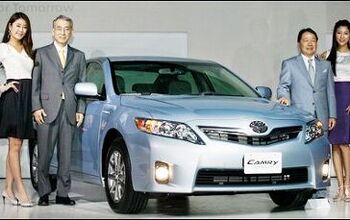










Comments
Join the conversation
They are lagging behind in technology too. What happened to Honda, the "motor company" that designed the CVCC when the big 3 were complaining about how impossible it was to meet new emissions standards? Now it has only one turbocharged model, no direct injection, slow 4 and 5 speed automatics instead of 6 speeds and DSGs, inferior hybrids, no infotainment systems besides basic nav and stereo systems, and on and on and on... The competition, Korean and American, has all these advancements and more.
My dad just bought a 2011 Hyundai Sonata. This is after owning several Honda Accords/Civics and an Infiniti J30. I'd say the Japanese should be worried -- the Sonata beat out all of the descendants of all of the high-quality Japanese cars he's owned over the last couple of decades, as well as the Cadillac CTS. It sounded like he and his wife really liked the CTS, but CTS was abut $40k outfitted for to his liking, which is more than he was willing to spend -- and the Sonata had all of the same features for 70% of the price. So Hyundai won. The long-term reliability remains to be seen, of course, but the last couple of generations of Hyundai's have been getting pretty good marks in that department. All indications are that the ribbing that I gave oil-burning Hyundai drivers in high-school no longer applies. P.S. The Sonata looks much cooler in person than it does in web-photos. It looks nice-ish web, but it was much cooler in-person.